Shearing Blade Fundamentals: The Effects of Blade Quality in Shearing Performance
February 24, 2021Industrial and manufacturing processes that involve the separation of sheet metals utilise a different set of cutting tools to obtain their needed results. One of the cutting tools that they often maximise is shearing blades. Shearing blades are used to perform the process of shearing, which is a process in which sheet metals are cut into smaller pieces. Aside from shearing blades, shearing utilise computer numerical control (CNC) machines to automate the steps required for the whole shearing process.
Main Principles of Shearing
As mentioned, the shearing process entails the use of CNC machines and shearing blades to effectively cut sheet metals into smaller pieces. The basic shear frame is composed of a table assembly, a moving ram, and a hold-down ram. The shearing blades are usually positioned at an angle that makes them relative to each other. The lower blade is connected into a pocket in the stationery table. The upper blade, alternatively, is attached to the moving ram. The hold-down clamps are usually depressed just before the moving ram moves towards the sheet metal being sheared, allowing them to hold the workpiece intact.
Shearing has various capabilities that make it recommended for cutting sheet metals into smaller sizes. For one, the shearing process has the ability to cut sheet metals with a thickness of 0.005 inches to 0.25 inches. It can also manage to cut with a tolerance of +/- 0.1 inches, which cannot be done by other processes. The surface finish caused by shearing can likewise range between 250 and 1,000 µin.
Effects of Blade Quality
There are numerous elements that must be met to effectively produce high-quality shearing results. First, both the power and the rate of cutting that are needed to perform the shearing activity must be distributed equally throughout the whole process. Additionally, the workpiece or sheet metal that will be cut must be held firmly so that all impurities, wrinkles, and lends will be removed during the cutting process. The edges of the blades must also pass each other and get close to each other as possible, maintaining an equal and consistent distance throughout the process to avoid obtaining damages. The parts of the CNC machine must also be adjusted appropriately to avoid hampering the blades’ activity.
One of the elements that can affect the overall shearing performance is the shearing blades. Shearing blades that are already dull can easily cause burred or deformed edges on the sheet metals. Deformed or rolled edges can also be caused by blades that have sustained damages. To prevent these issues from happening, the shearing blades must be fabricated by a reliable company.
Gunna Engineering Services
Obtaining high-quality shearing blades for CNC machines can easily make your shearing process successful. If you want to get great shearing blades, feel free to contact us at Gunna Engineering. We only use the highest quality tool steel available. We import shock resistant tool steel directly from Europe for us to create high-quality products. We manufacture shear blades to customer requirements and can make replacement parts for very old mechanical punch and shear machines.
Optimized by: Netwizard SEO


